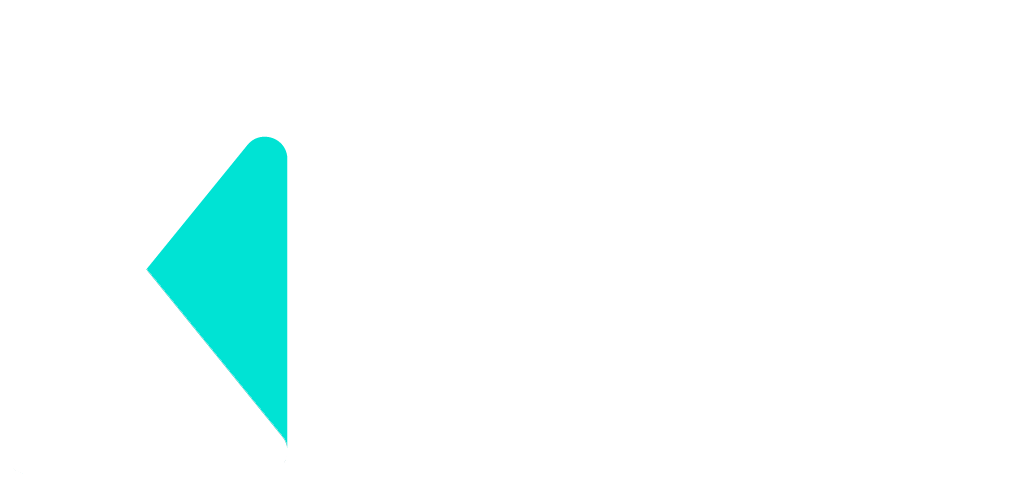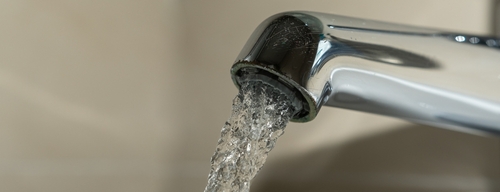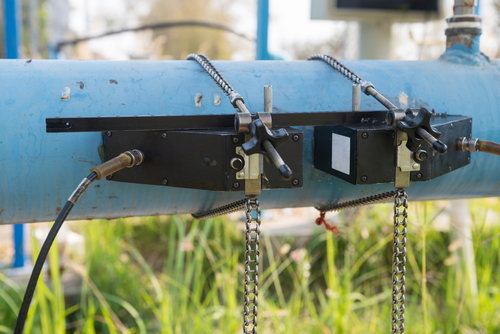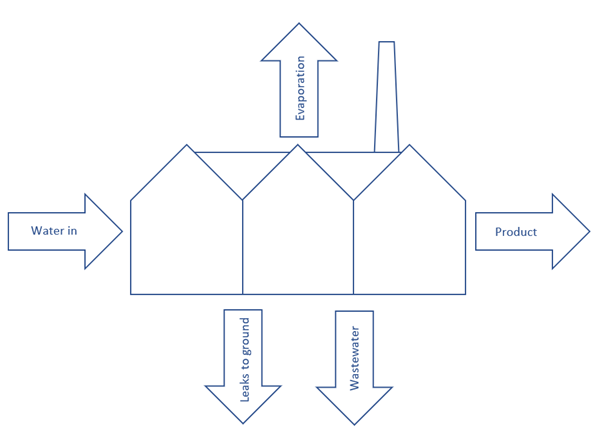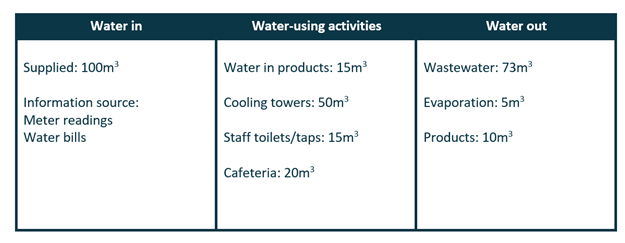Taking water meter readings
One of the first things you should do when measuring your water consumption is to take water meter readings. Water meters report on the quantities of water consumed, generally in cubic meters(m3) or cubic feet (ft3). They can provide you with a detailed view of the quantities of water consumed on your site(s).
First, you’ll need to find your meter. Generally, you will find your water meter near the boundary of the property, where the water supply enters the site. If you’re not able to find your meter, you should speak with your facilities manager, maintenance staff, or your water supplier. Please be aware that your business may have multiple water meters if there are different water sources for various areas of the site.
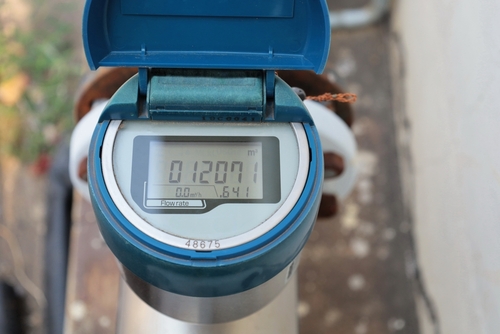
Once you’ve located your meter, you can take readings. You can do this by looking at the numbers showing on the face of the meter. Once you’ve taken your reading, record it so that you can keep track of the business’s water consumption. You can download the Measuring and Monitoring Spreadsheet to keep a record of these readings.
The more frequently you measure your consumption, the easier it will be to identify opportunities for improvement. Frequent meter readings will show you any short-term fluctuations in your water consumption. It is recommended that you take these readings at least once a week or every two weeks at the same time of day. However, this frequency should be increased if you are carrying out any water efficiency improvements. Taking readings morning and evening can also help you to identify any leaks by assessing the usage when no one is on site overnight.
